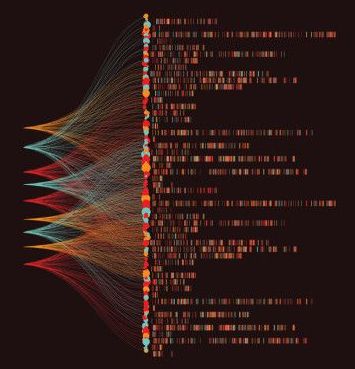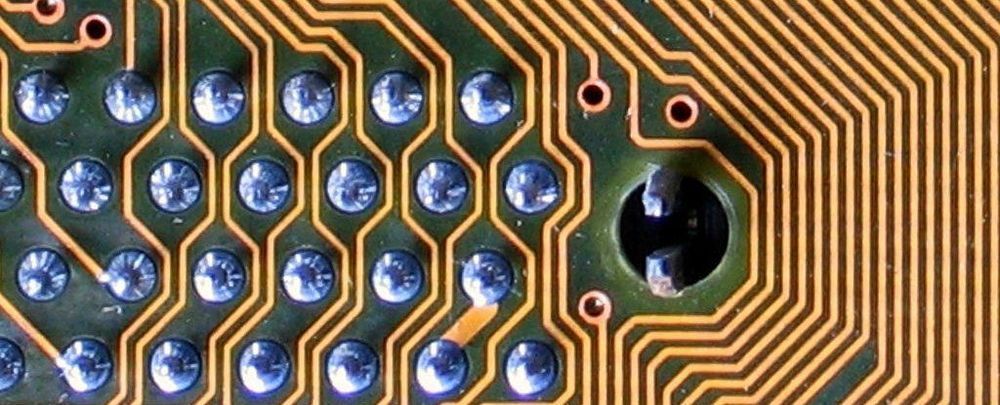For his project Marmalade Type, Russian visual artist Rus Khasanov created colorful typography using his camera. The colors seen are due to interference patterns — not a single drop of paint was used in the project.

For a previous project titled Disctortion, Khasanov took CDs and DVDs and destroyed them in various ways (e.g. freezing, tearing, coating, bending). His goal was to see the way the colors and textures react to his alterations.









